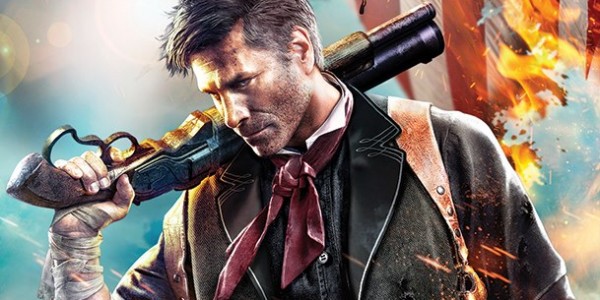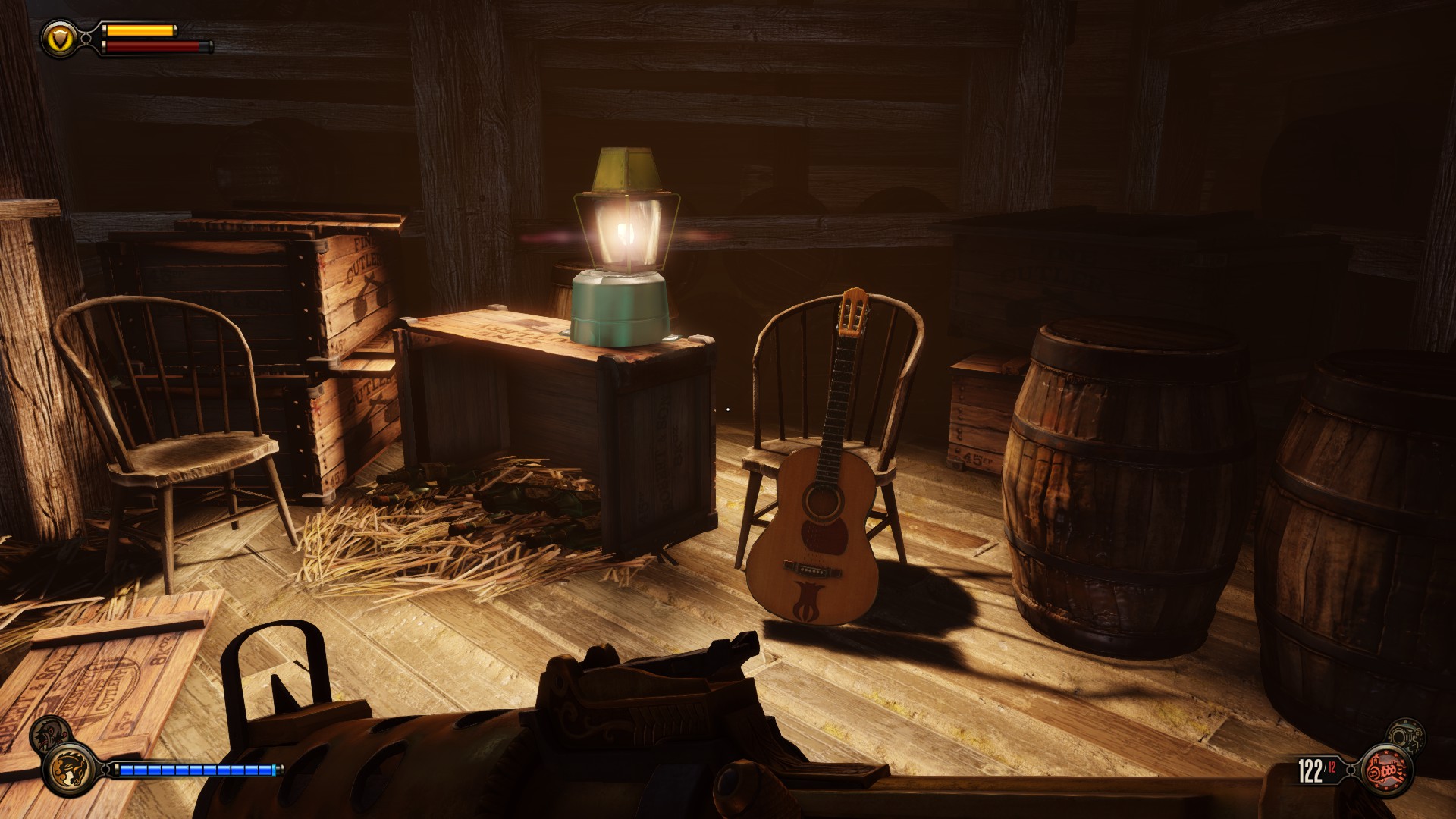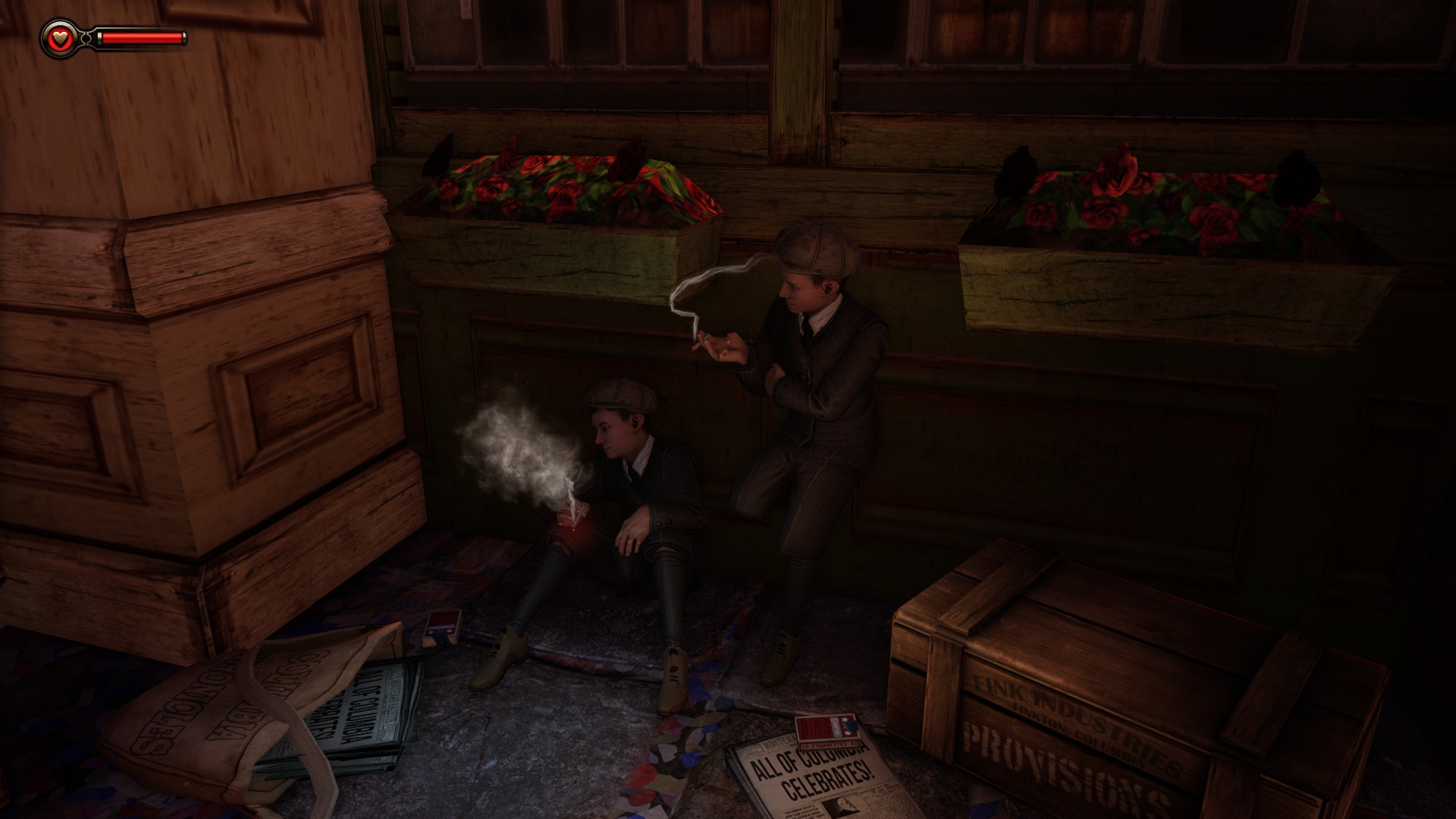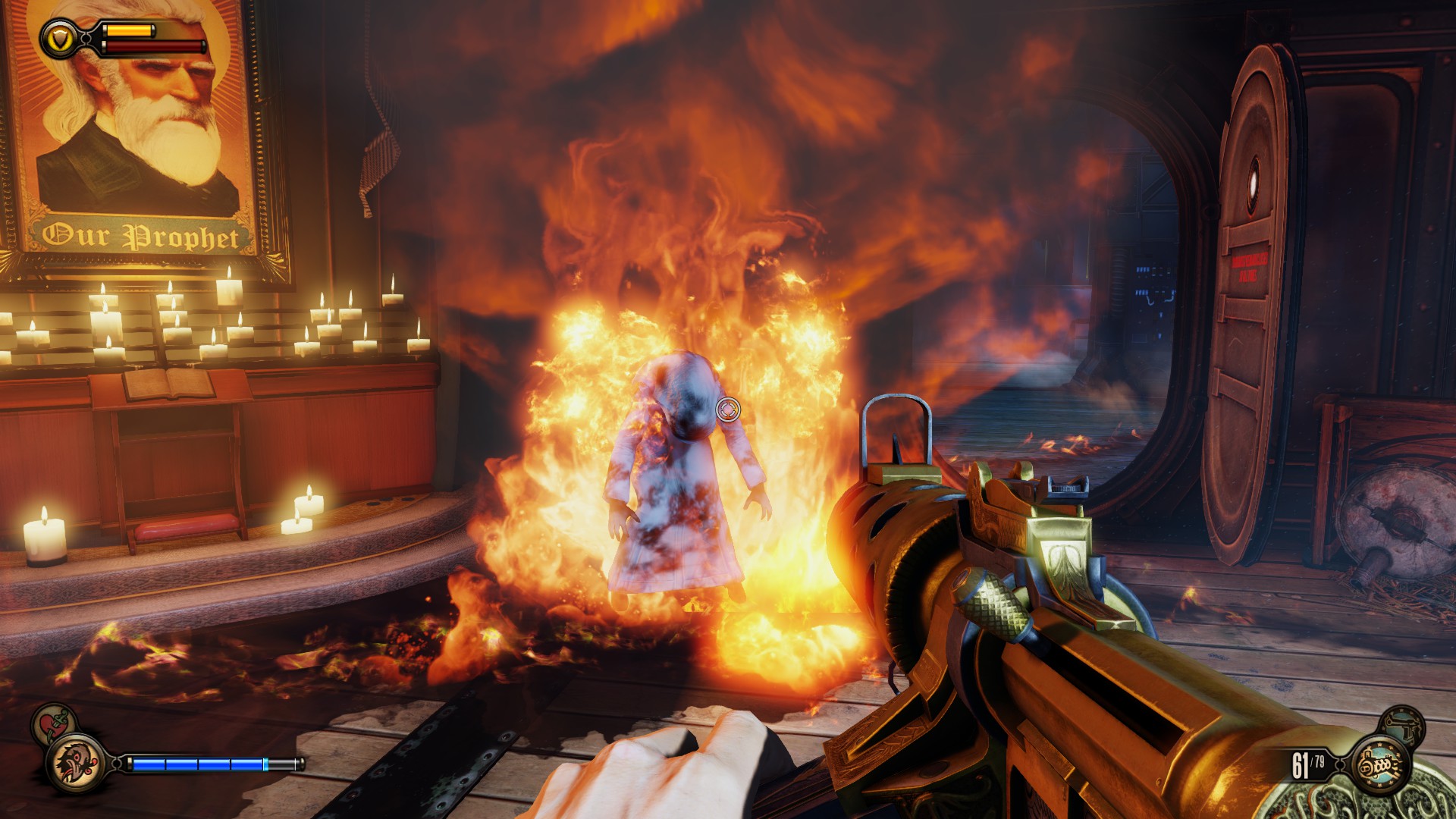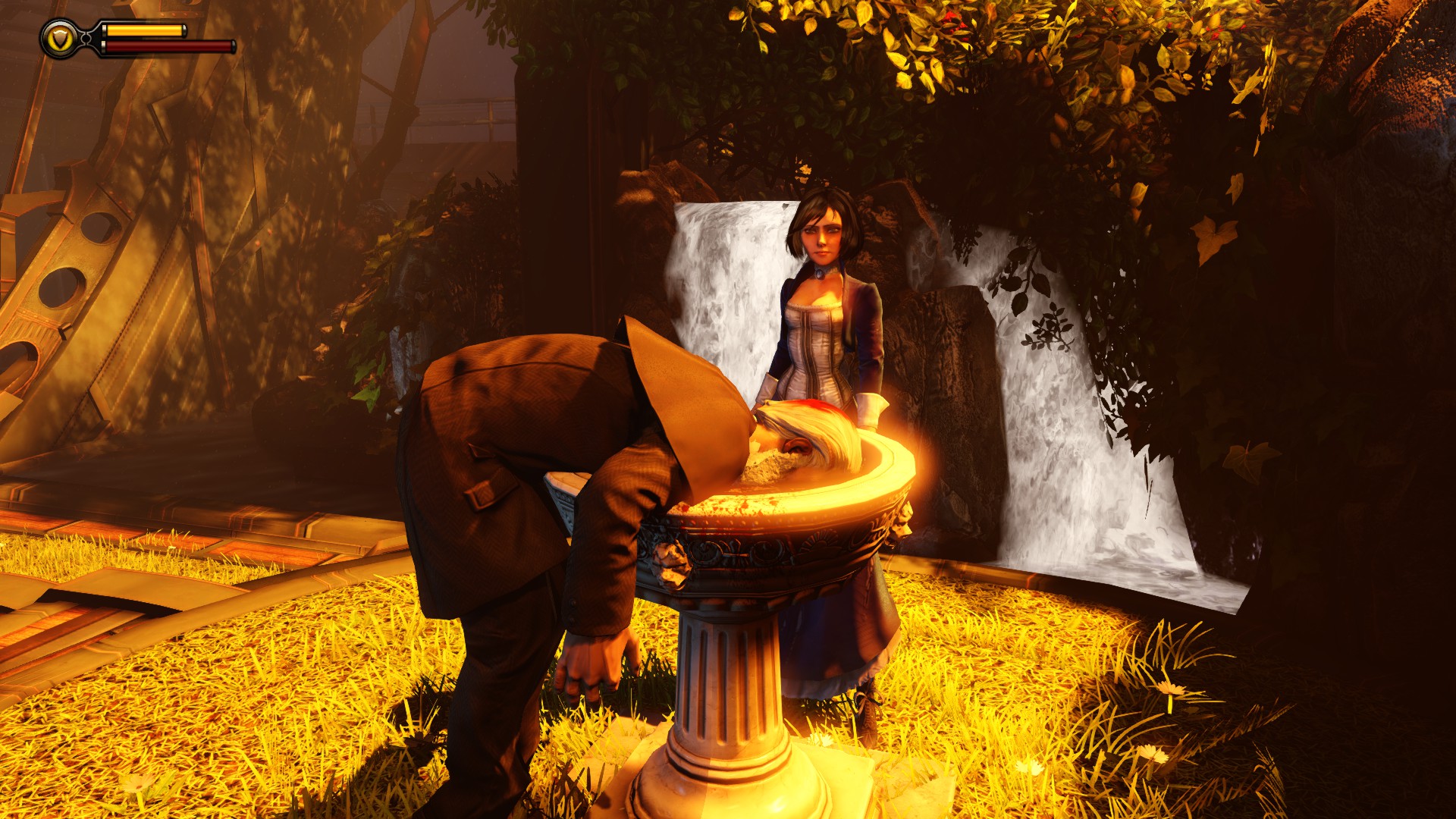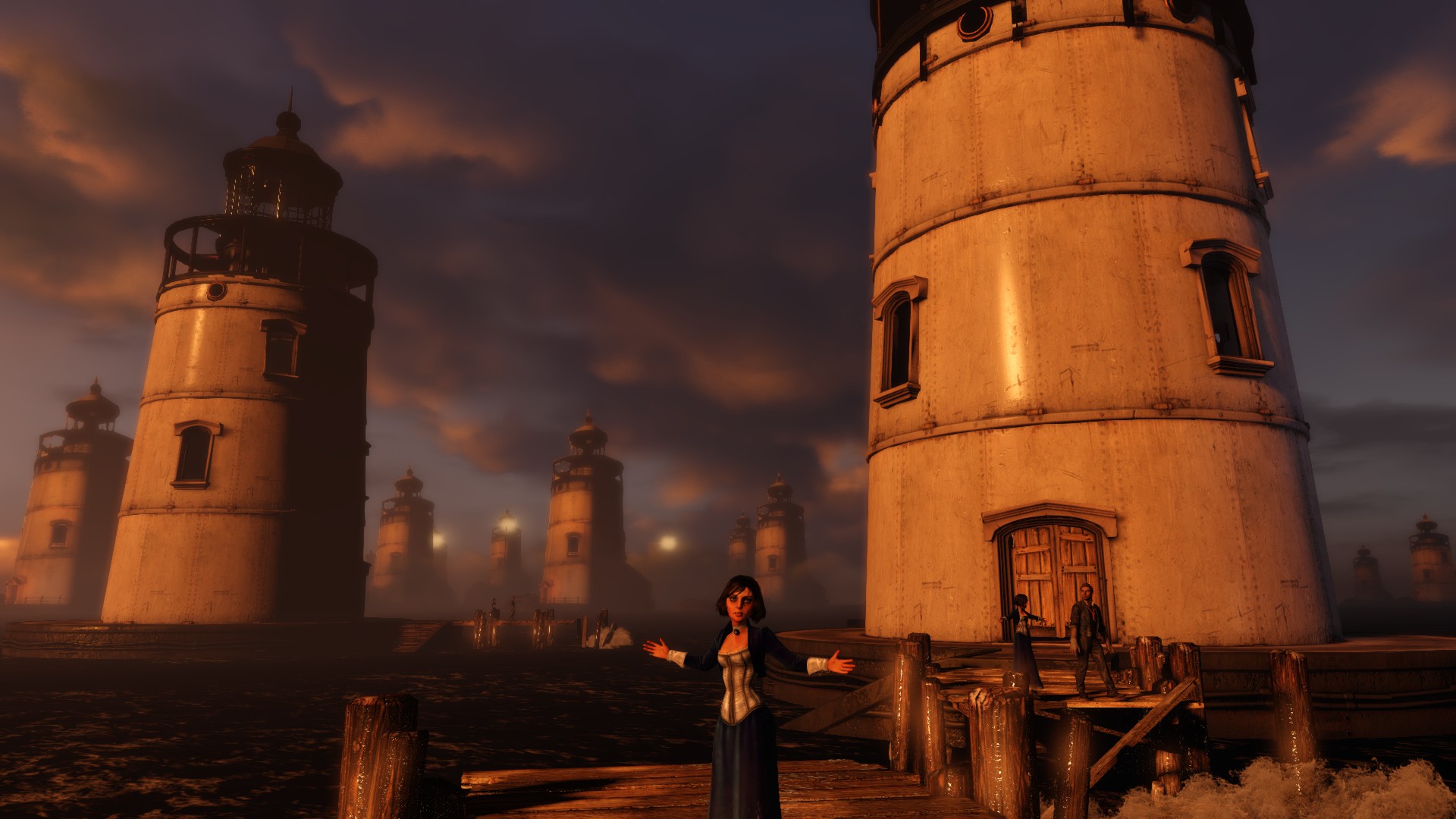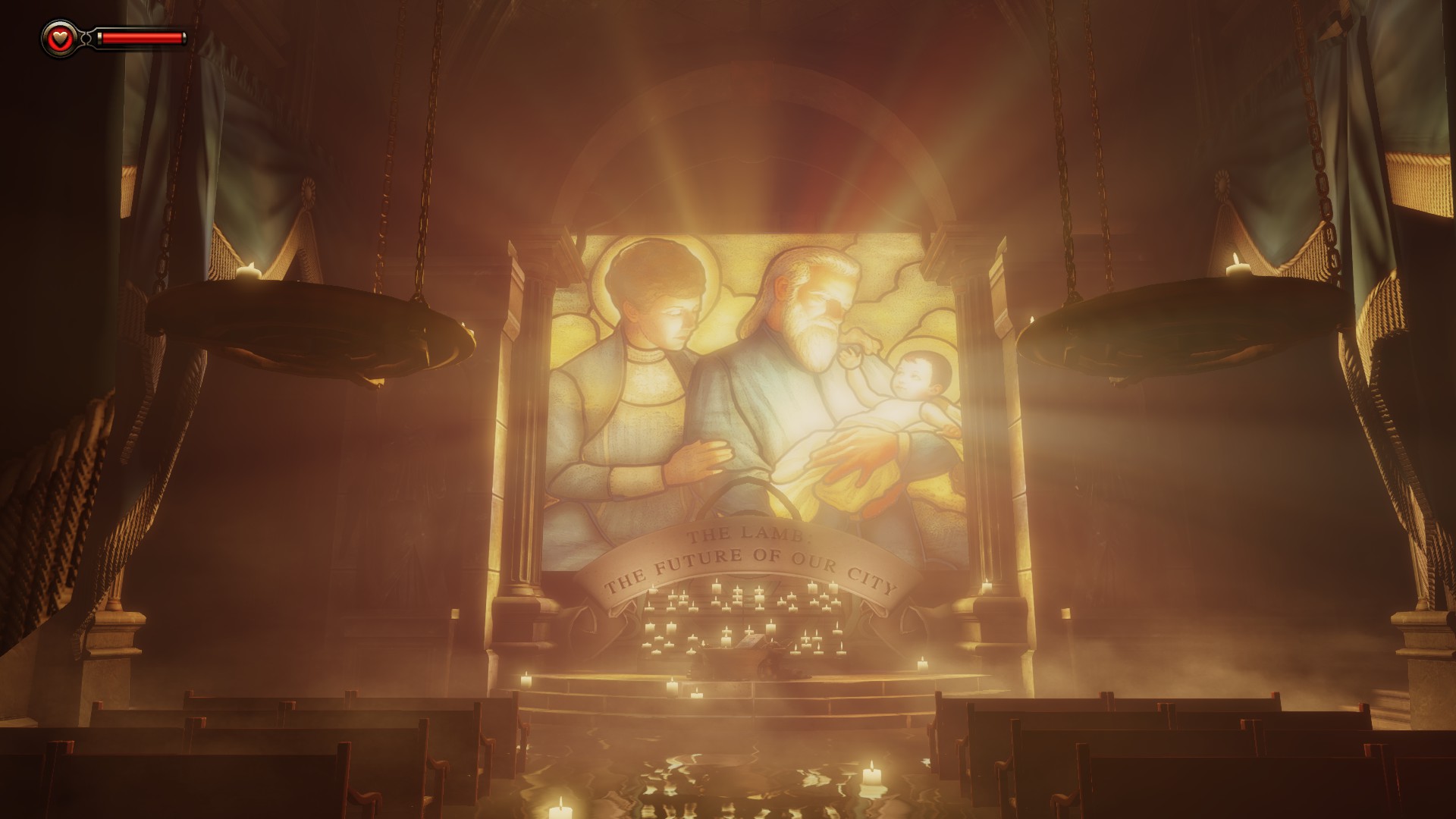In 1851, Harper and Brothers published an adventure writer’s exploration into a then-modern poetic adventure. Moby Dick initially sold around 500 copies in Melville’s native England, less than a tenth of what his previous, high-intrigue island adventures had sold. And not only that, British reviewers smeared the rag, with such apparent insight as to call it “an ill-compounded mixture of romance and matter-of-fact.” One reviewer cast a deeper line into Melville’s psyche:
“Mr. Melville is evidently trying to ascertain how far the public will consent to be imposed upon. He is gauging, at once, our gullibility and our patience.”
Heavens, a whale’s foreskin as the pope’s hat!? The jackals in the graveyard of a living whale?! Ahab’s monomania and Melville’s persistence in lyrical extended metaphor did not harmonize with those clever reviewers, a pall that Melville carried to his grave. Only after Melville’s posthumous success in the Americas did “Ishmael” become more of a Melville reference in pop culture than a Biblical figure, and the Melville name unsmeared.
As a note, the discussion from here on down may contain spoilers. Be forewarned.
There are thousands of ways in which BioShock Infinite is not like Moby Dick. I’m only highlighting this one similarity, although I would love to read a lusty exposition of Ishmael/Ahab as Booker and the whale as Metacritic. What’s at stake here is a problem that literary analysts have been guffawing about for the better part of a century and still haven’t resolved; the tension between authorial intent and what John Crowe Ransom called New Criticism, or the “my opinion matters” stance.
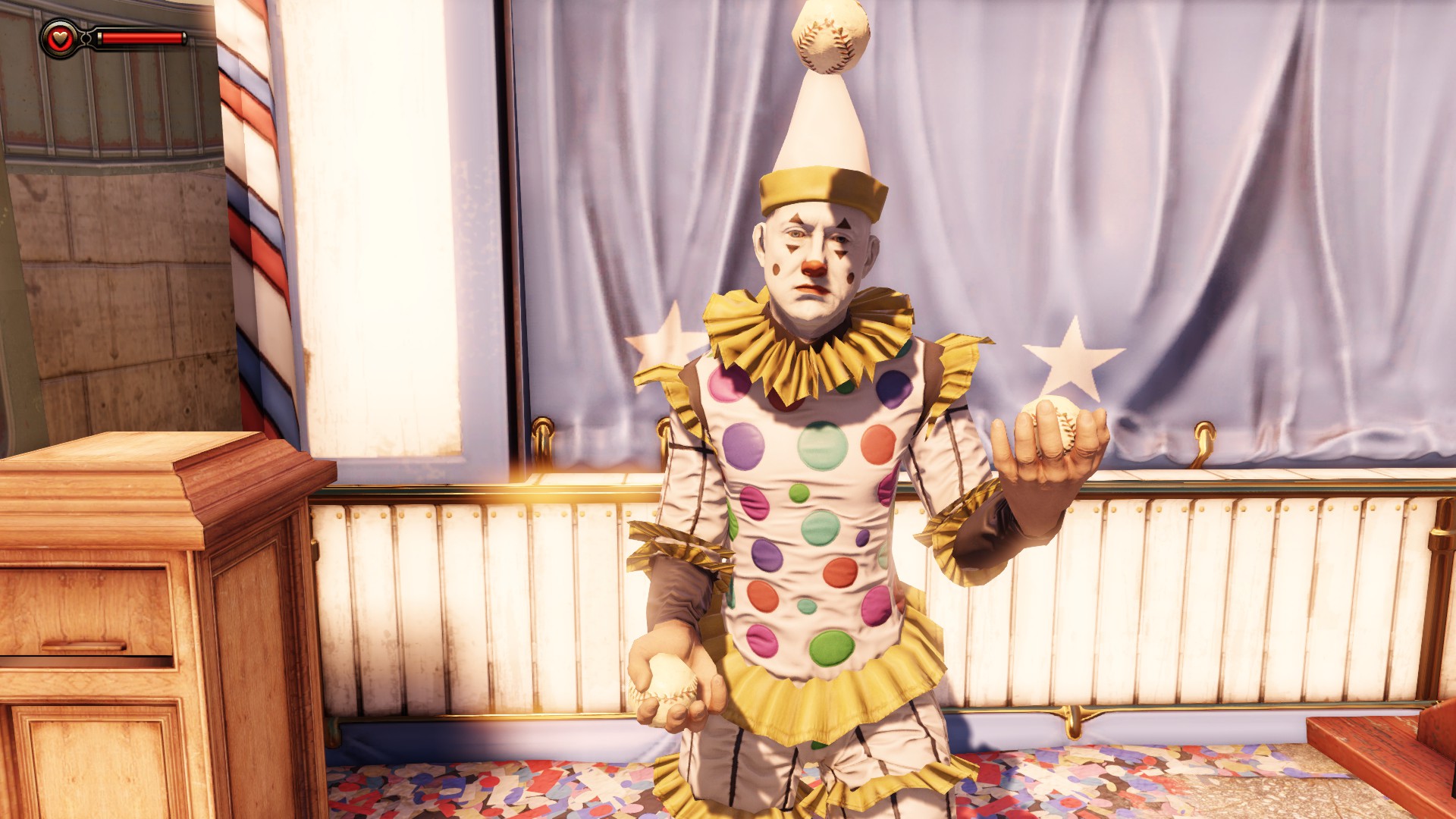 How much will the “public consent to be imposed upon” by Ken Levine and his non-conformist, history professor design army? Is it gullible to buy into their vision for BioShock Infinite? Should we, the players, offer them our patience in buckets of Columbian blood, or do we have a responsibility to meet Irrational halfway, grinning through gritted teeth and that chapter about scientific whale categorization?
How much will the “public consent to be imposed upon” by Ken Levine and his non-conformist, history professor design army? Is it gullible to buy into their vision for BioShock Infinite? Should we, the players, offer them our patience in buckets of Columbian blood, or do we have a responsibility to meet Irrational halfway, grinning through gritted teeth and that chapter about scientific whale categorization?
Oh, you stopped listening at foreskin? Me too. At first, BioShock Infinite appears to be a game about sky racists, violent atheism, and unlockable cleavage, so what’s all this business about dead authors? The deal, friends, is that this game has become a kind of litmus test for how games critics interpret games, and has opened the door for a number of valuable discussions about the use of racism, violence, and unlockable cleavage in game design. That it has this effect is high praise in-and-of-itself, but doesn’t recognize the underlying issues of these conversations.
BioShock Infinite is a first-person shooter, a video game built primarily on the challenge of aiming and shooting in-game objects quickly and accurately. It also dedicates a meaningful percentage of its resources to telling the story of Booker DeWitt (the player-character) as he travels to the sky-city of Columbia in 1912 to rescue Elizabeth, a well-constructed AI character with the ability to manipulate dimensions, who is guarded primarily by the city’s founder and self-proclaimed Christian prophet, Zachary Comstock, and pursued by a non-white working class rebellion, the Vox Populi. There’s also a monstrous bird guard via Amelia Earhart and BioShock’s (the prequel’s) Big Daddy, left hand magic also borrowed from BioShock, and the unraveling story of the protagonist by two Victorian, quibbling quantum scientists all enveloped in the veneer of a celebration of American heritage, heroic and ugly.
BioShock Infinite, like its predecessor, employs a complex narrative to justify play mechanics and cultivate interest. It’s easy to examine the game as a series of details, and then forget the forest for the alarmingly racist trees, and it’s even easier to cut down a few of those trees, claim them as [this good/bad property], then say why all games need to be [more/less good/bad]. Then the forest is gone and Smokey’s all like, “Aw man.”
Underlying the dominant discussion about BioShock Infinite is a forgetfulness of the game’s intended genre, which pulls on the strings of authorial intent. “Who cares what Ken Levine thinks? He just made the game, I paid $60 for it!” It’s not all so entitled, but waylaying intent altogether is a slippery slope, as is the reverse. I aim to course-correct the criticism now surrounding the game by making skeletons of the meaty arguments therein. The method is clarity, the goal is understanding. The first bone sack lies in Melville’s stupid, English grave.
That Reader Response Theory (the grandchild of New Criticism) is still being taught in American schools means that it carries value. That we see reviews and features about BioShock Infinite laden with concerns over wives, head explosions, and well, more exploding heads leads me to believe that game critics are on the same thought train and heading straight for the logical end of the tracks, which is, of course, a game design butler who creates private indies based on your humours at sunrise. Sanguine, usually.
But it would be too dismissive and altogether not constructive to throw out the game critic babes with the bathwater, so to speak, and, to my knowledge, nobody has publicly made the argument that BioShock Infinite is really about Mary Todd Lincoln’s lesbian courtship of a deceased Martha Washington (although, again, I would read that). Certainly the charge that the game flips more heads than the Lutece twins (ohhhhhhhh) has merit, and any gamer can be justifiably upset by the overt violence permeating the game.
In an argument of degrees, however, the arbiter of taste has to be the consumer, because of course Irrational wanted all that blood in there. They painted it in! The question of personal taste isn’t on trial here, but rather how that taste impacts a criticism of the game. If, for example, I’m a self-proclaimed vampire (these people actually exist), I might love the fountains of blood spewing from Columbian police as I tear through them, ignoring the carefully crafted building facades and well-acted audio monologues. I might, then, write a review saying, “Bleh! BioShock Infinite gets a one, two, three out of three stars. Bleh!” Once again, this would be a more worthwhile review than whatever I’m babbling about.
So, ultimately, it comes down to a battle of trust. Whose opinion do I, the player and reader, trust more, the game critic or the game designer? Well, I paid one of them, and I used Ad-Block to avoid paying the other entirely (not really, stop doing that). Generally speaking, it’s not a fair comparison, because most players will only hear or read one or two perspectives on the product, if any. And, even if the player were willing to listen to the developer (outside of the game, you know), the developer won’t give away the goods because, as it turns out, they trust the player’s perception. Imagine that.
Given this dynamic, let’s assume, ye deified player, that authorial intent, i.e. what Irrational meant to do with BioShock Infinite, is worthless, and that, as our consumer-led microeconomics courses and The Food Network have taught us, the customer is always right. Let’s assume that we live 700 years in the future (or whenever Halo is supposed to happen) and Ken Levine’s preserved head succumbed to cholera or some other prairie disease several hundred years ago, and at his memorial service they burned every interview that he ever gave. All we have to go by in deciphering BioShock Infinite is BioShock Infinite and a history book about how primitive life was in 2013. How does it hold up, futurelings?
Out of the millions of arguments that can spawn from a Player Response reading of BioShock Infinite, the one I’ve seen the most is what I’ll call The Garbage Glutton Problem (see, with capital letters you can make anything sound thought-out). Believe me, it makes sense to start here and work up.
The Garbage Glutton Problem posits that Booker is a representation of a human being who does something rather uncharacteristic of a living human being – he eats lots of food and often from the trash. The food he eats has some slight healing property, and may even restore salts or, in the case of alcohol, take some away. The problem lies in the quantity and veracity with which Booker dominates these sandwiches, bowls of soup, or candy bars. The player is encouraged to scour the floating city’s rubbish to retrieve these morsels because having more health makes it easier to survive combat encounters. Put aside the centrality of combat for now, and focus on how ridiculous eating ten aperitifs out a discarded bathroom purse would be for any person, even in a city in the sky in 1912.
My dramatization of The Garbage Glutton Problem has at least the intention of satire. But if that’s not a thick enough brick, I’ve listed below several other representational inconsistencies in BioShock Infinite, which assumes that the universe is consistent with its stated realities:
- Health as a red bar that recovers immediately after eating
- Visible health bars
- Booker’s leaping arc – even if the magnetic skyhooks could boost his jump that much, the trajectory would be more a straight line
- Disappearing dead bodies
- Reloading guns that quickly, consistently
- Carrying all those audio logs
- No bathroom breaks where Booker or Elizabeth actually use the facilities for their intended purpose
- Elizabeth healing Booker from near-death conditions with a needle and some chest compressions
- Elizabeth never getting shot (without constantly using a dimensional tear shield)
- A pause menu
- Any of the enemies surviving that many shots with bullets/rockets/electricity/fire/crows
- Nobody farts (audibly)
- Street people repeating their conversations
- Elizabeth isn’t always covered in blood
Point being, folks, that it’s a video game, and there are sacrifices that game designers make to the illusion of reality in service to the interactive elements of the game. If it weren’t for Booker the trash monster, we’d play as Booker the recovering gunshot victim for several months, then Booker the dead for several more. To criticize these logical fallacies in a game, then, or to even suggest that a game becomes less believable because of these elements is to be farcical or to lose perspective.
The excessive violence claim rarely falls into garbage terms, though. Usually, the argument uses evidence of the existing game to point out how it should just be a different game. In this instance, BioShock Infinite spoils its wedding night by snogging with decapitation and serial murder throughout the exploration of Columbia. If you like it, then you shoulda put a ring on it?
The trouble here is that such an overwhelming percentage of criticism relies on the assumption of “knowing better”, of possessing the divine gifts to separate the effective from the ineffective, and to determine the better end goal of those elements that do have an effect. Better. It’s where reasoned debate goes to die. It’s preference, just stated in arbitrary, absolute terms.
At least one critic has suggested that the gunplay in BioShock Infinite “feels very flat and soulless” and provided a reasoned argument for the claim. Part of the suggestion rests on the two-weapon system in Infinite, which throws out the upgrade system from BioShock in favor of forcing strategic planning, and in-battle adaptation (out of ammo, enemy weapon weaknesses). So, the critic prefers augmenting guns to opportunist firefights. That’s it. It’s not a problem with the design, or anything wrong with the platform or controller, but a simple matter of preference.
Maybe I’m behind, and right before I started writing about games, all the games critics put on robes, got together in a New England church basement and chanted Michael Jackson’s Bad in unison until the morning sun. Maybe I’m not giving the presumption of criticism enough credit, and maybe critics implicitly know that it’s all opinion but just stopped qualifying because what a waste of time. In doing so, maybe we’ve created a tin fireman with no heart who actually puts out the fires in Columbia instead of, you know, being made of fire and creating more fire.
We’ve also birthed that tragic Handyman who is now in counseling because his feet are always burning but he’s not such bad apples. Oh, and Father Comstock, that racist, lying prick, we gave him a brand new set of stop signs so he can tell Booker “HEY, STOP,” and really mean it for reals. And thank the Prophet that we told Elizabeth to quit horsing around with those other dimensions. Paris is lovely, isn’t it?
Again, the argument is by degrees. This many degrees from BioShock Infinite, the tin man falls apart. What about just letting me keep all the weapons, Ken? Will the tin man be alright with a heart for a fist?
Let’s be fair. Criticism cannot exist without opinion stated as fact with the caveat that because it’s criticism it’s actually opinion. Coffin closed.
In this post-opinion wasteland, I’ll entertain the flights of non-violent fancy swirling around Booker’s destructive arsenal. The concept of Columbia still wouldn’t flinch. Just watch the first twenty-or-so minutes of BioShock Infinite for a glimpse into this dystopic gaming utopia. Keep the racism, the baptism, the Founding Fathers, the Key and Scroll and Sword (where did they go?), and the flickering dimensions. You’ve still got yourself one compelling, inviting game world to explore. Calloo, callay!
Only, this raffle and this street seem awfully long. Even with all the signage, and the police zipping from the skyline, it takes me a solid five minutes before I reach the Blue Ribbon Restaurant. And later, in Emporia, as much as I enjoy witnessing Helter Skelter (Charles Manson’s vision for all-out race war), I can’t help but feel that there’s not much to do here besides eat out of the trash. And why do those guys have coffins strapped to their backs? Tone it down already, geeeeeez.
So rather than eliminate all of BioShock Infinite’s violent gameplay, it should be replaced. With physics puzzles? Should Layton step out of a nearby aqueduct and ask me to reassemble his hat in three dimensions on the banks of Sheepwolf River? Can there just be more posters?
BioShock Infinite is a pseudo-realistic shooting game. The time the player spends in Columbia is designed around the shooting activity. The narrative trajectory is short, accented by seven key developments, because the primary participation in the game involves shooting (more on this later). There are different modes of difficulty to challenge players to shoot more strategically, efficiently. There’s the gun on the cover because Booker shoots lots of things in Columbia (I know, I’m sorry). And oh yes he can also shoot crows from his shoulder because he drank crow pee or whatever.
The confusion with BioShock Infinite is understandable, though it doesn’t stem from watered-down versions of these complaints. The trouble is with ambition, and the almighty pen of the creator, Father Levine.
When Dr. Seuss wrote Yertle the Turtle, a cautionary tale about greed, he intentionally modeled Yertle after Adolf Hitler. On the backs of all the other turtles, Yertle tries to climb up out of his swamp kingdom to reach the moon and conquer it. The bottom turtle, Mack, burps. Down comes the turtle tower.
Despite your feelings on this piece of writing, I intend to draw a correlation between the events of Yertle the Turtle and the development of BioShock Infinite, but do not intend to liken Ken Levine to Hitler by proxy. The goals not expressly stated by BioShock Infinite are ambitious by the standards of current game development. In storytelling alone, it tries to do more than 1984 ever could by way of its interactive components. I’ll start unraveling the yarn. A suitable plot summary can be found here. My condensed version:
Man, America in 1912 was super racist by 2013 standards. Wait, do what to an interracial couple? Oh, all the minorities are the working class citizens in Columbia, oppressed by Comstock’s doctrine and Fink’s industry. Someone should rise up and change that. Hooray, we’re rising up and changing that! Wait, now they’re going to kill kids? I’m not cool with this. Elizabeth, you stab that one lady and I’ll shoot everyone else. Good? Oh, you want revenge? Sure, let’s kill that mom-ghost and then kill your dad. Ah, the immigrants think we’re racist! Play that flute! Break the statue! Phew, we’re in Rapture. Oh, we’re everywhere and nowhere and I sold you as a baby and just smother me already.
Even in the most trite version of BioShock Infinite’s plot I can muster, it still sounds ambitious. The authorial intent of ambition rests on each element. Why bother with, for example, Daisy Fitzroy unless you feel that her role is essential to telling the full story? The trouble with a tower of turtles, though, is the inevitable burper. BioShock Infinite has a few.
In Catholic theology, baptism is the means for erasing original sin, or man’s inherit evil. For centuries, Christian doctrine has held baptism as a representation of this change. Baptism is how Booker enters Columbia. It’s how Booker kills Comstock. It’s how Comstock is born from Booker. It’s how Elizabeth kills Booker. It’s a representation of change, of salvation. Comstock asks, “Who is that man who lies submerged? Perhaps the swimmer is both sinner and saint, until he is revealed unto the eyes of man.” If he’s under the water, it’s a foregone conclusion that he will rise from the water baptized, a saint. Anyone entering Columbia has already committed to entering the city by way of rocket chair. The baptism is inevitable. The burning of New York, in one dimension, is inevitable. Selling Anna is inevitable. The lighthouse, the city, the man, are all unstoppable and inevitable because of the events set in motion before them. No, he doesn’t row. The player doesn’t row.
Wonderful! The ending even ties together the bit with Comstock in the Hall of Heroes, and that one voxophone about the Lutece Fields sterilizing Comstock, oh, and that other Voxophone about Elizabeth’s peas finger in the other dimension, oh gosh… and the bit about Robert Lutece feeling sorry for Booker. I mean, when it’s all together, it makes sense. It just takes a lot to put it all together. Most of the puzzle pieces aren’t even mandatory. The player must want to dig deeper into the mystery to even have a shot at satisfaction with that ending. I guess that excludes anyone who doesn’t want to dig deeper, right?
Thank goodness for the fiction aficionados, the non-gamers who only want in on the storytelling action. They will just be delighted with the cardboard patriotism, false-front religion (see Comstock’s airship garden) subtle environmental cues. Mmm, I forgot that they’re going to have to be pretty great at shooting to see the credits. And there’s not much for them to check out during the ten or so hours of firefights. I guess they can watch? That’s what my mom did (true story). Where’s my Sander Cohen? Burrrrrrp.
In trying to make a story-driven first-person shooter for most, Irrational made a story-driven first-person shooter for a gamer exactly like me. I don’t care that the vigors have no justification in Columbia because I can’t get enough of those zap-swoosh-bacaw combos. I’m all about progressive combat, which the limiting weapon system forced me to embrace. The skylines, sakes alive, the skylines! What a ridiculous, well-constructed mechanic, marked by a number of memorable combat scenarios built to accommodate the locomotive, vertical combat. And don’t even get me started on atmospheric allure and the handful of spot-on pieces of voice acting (here’s looking at you, Preston Downs).
Like in BioShock before it, Ken Levine seems to be screaming through the dimensional tears that this narrative mirrors game development. Metanarrative discussion?! I’m drooling. Only, like this review, the point is obscured by so many agents driving at the same thesis from other angles by degrees. I am, BioShock Infinite is, Ken Levine is, Elizabeth is the culmination of all the decisions we’ve made, and those that have been made for us, and there is no absolution. There is one other option: pull it out by the roots and smother it. Or, you know, just don’t sell your baby to pay for gambling debts. Or don’t play.
I hold the stained glass of BioShock Infinite up to the light and I see a picture of an elderly, bearded man holding a baby in a floating city. The picture is as bizarre and fascinating as any I’ve ever seen, and the medium is, well, it’s old. Tested, to be sure, and time-honored. Look, I’m not saying there’s anything wrong with stained glass windows or with pictures of floating city baby dedications, but I can’t help but wonder if they truly belong together. The glass blower seems to think so. I don’t know.
Who is to say whether the art is worthwhile, which lighthouse Irrational should have built under/above/inside/into space? Or to say it’s too violent, or that there aren’t enough barbershop quartets, or that even one barbershop quartet demonizes the work? “How far will the public consent to be imposed upon?” If all that’s left is the choosing, who gets to create the choices? Am I in some kind of determinist’s nightmare? Is American imperialism the realization of the innate human desire to impose determinism on others? Is game development? And after all my choosing, the shooting, and the Father Comstock and the Son and the Holy Ghost what will the Creator command me?
Here, Booker, catch!




